Andrew Prokos uses the Fujifilm GFX 100 to make big prints of big subjects
Fine-art architectural photographer Andrew Prokos on his latest projects and how he builds successful exhibitions of his work
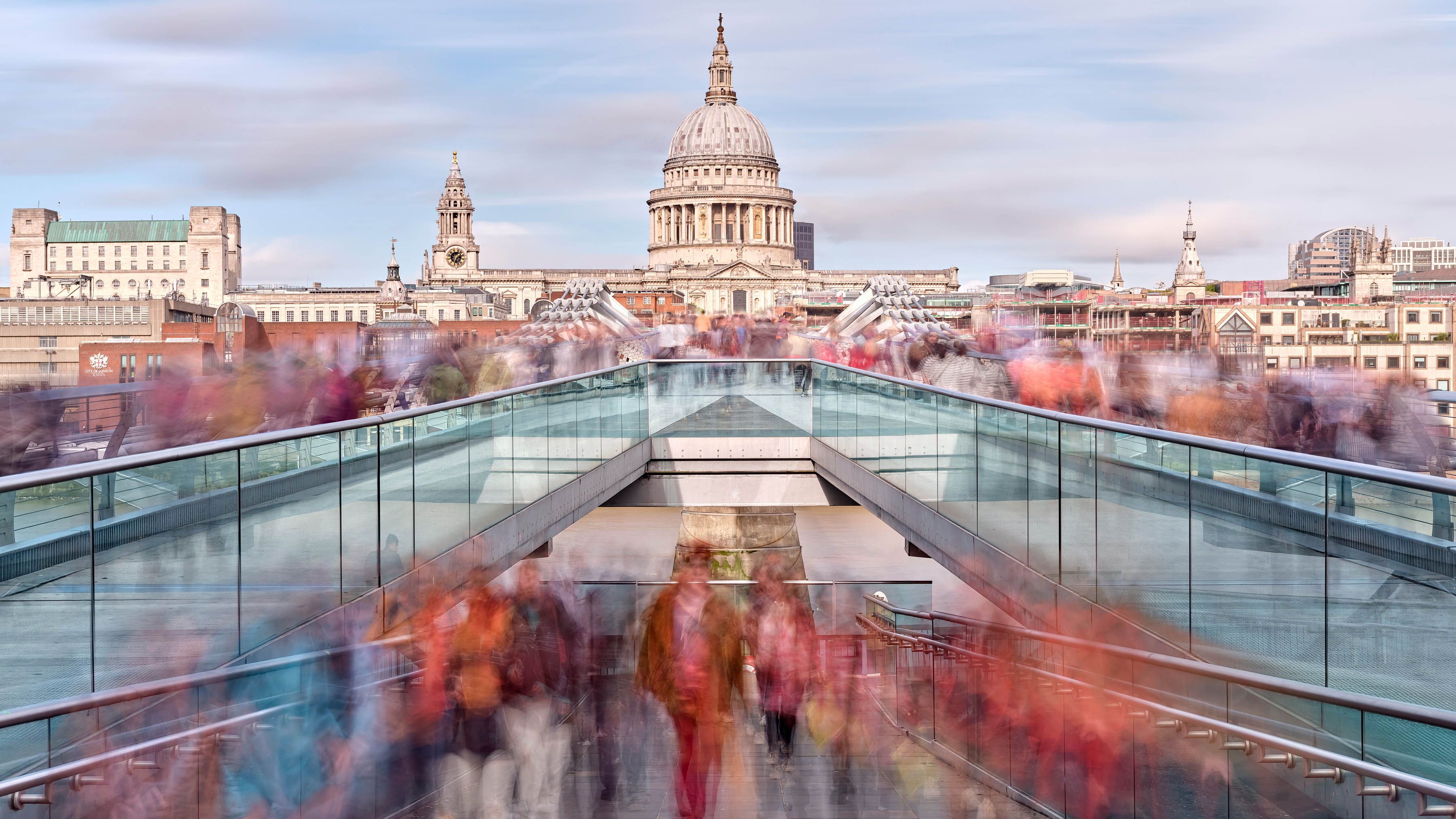
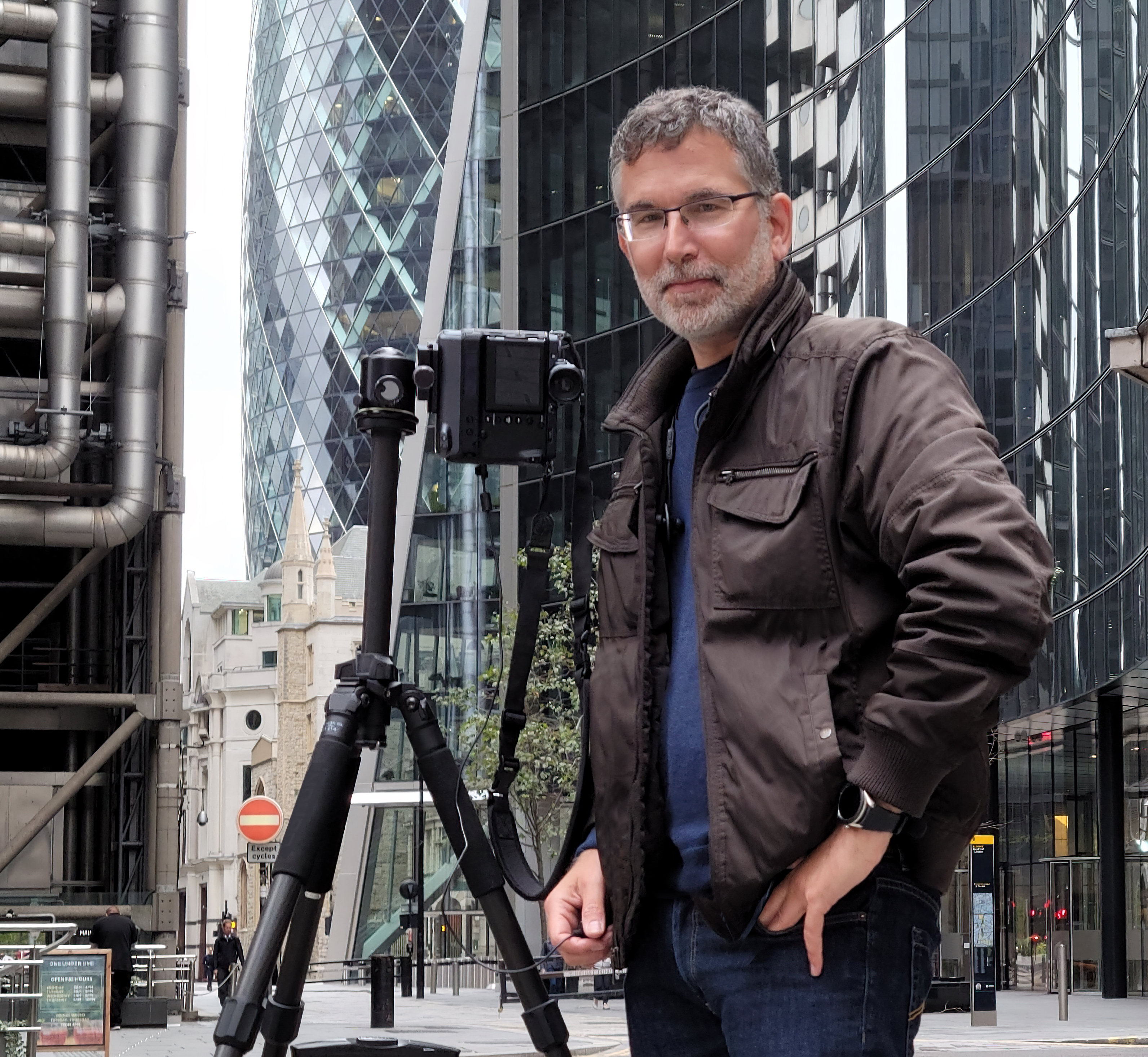
Andrew Prokos is a New York City-based fine art photographer whose images incorporate architectural elements and sweeping natural and urban views. His cityscape and landscape studies are composed of multiple high-definition images, seamlessly merged to create large-scale compositions. Andrew’s photography has been widely published and exhibited in museums, galleries and corporate art collections in the USA, Europe and Asia.
When did you start out in your current photo genres?
It was a natural progression. I was shooting architecture, cityscapes, and night photography from the beginning. By around 2010, I felt that I needed to bump up my creativity and challenge myself. I still take that approach now. I assign myself creative tasks and challenges to take different approaches and capture things in new ways. Niemeyer’s Brasilia was the first series I produced along those lines, then Gehry’s Children. They were both successful series and were published in major exhibitions in cultural spaces and museums in New York and Tokyo.
By 2020 I started producing more pensive and abstracted series, including Inverted and especially Metropolis Abstracted. Those series were the subject of a solo show last year, Andrew Prokos: New Abstraction. I feel that this progression from representational to more abstract work is the result of my perspective as an artist maturing.
What challenges did you face as a startup and how did you overcome them?
The photography industry has changed drastically but I would say the most immediate challenge was getting the level of my work up to the competition. You have to be brutally honest with yourself and prune any work that isn’t up to snuff. I moved up to medium format and spent a year shooting and replacing work that wasn’t on the level it needed to be on. Then I adopted a 6x17 panoramic (film) camera to produce large-format prints.
It was a gradual process of building my archive and reputation. Starting photographers should arm themselves with as much information as possible about how to estimate shoots and negotiate fees and they should also register their work at the USCO. I have benefited tremendously from having registered all my work from the beginning. The foundation of a photography business entails a lot of necessary steps.
How do you decide which images will work best together as part of an exhibition?
Get the Digital Camera World Newsletter
The best camera deals, reviews, product advice, and unmissable photography news, direct to your inbox!
I’m obsessive about order and flow. I start by grouping pieces by colour and visual characteristics. For example, with a series like Metropolis Abstracted, I organized the images by subtle colour grade – the blues together and the warmer tones together. The pieces at the beginning had an Art Deco look since they were all based on NYC architectural details, while later pieces were captured in Dubai and included circles and curves. I bounce it off friends to get a quick opinion, and, if there is a curator or exhibition director involved, that’s a natural person to go to. I have learned when to let others take over.
To see more of Andrew's work, visit his website
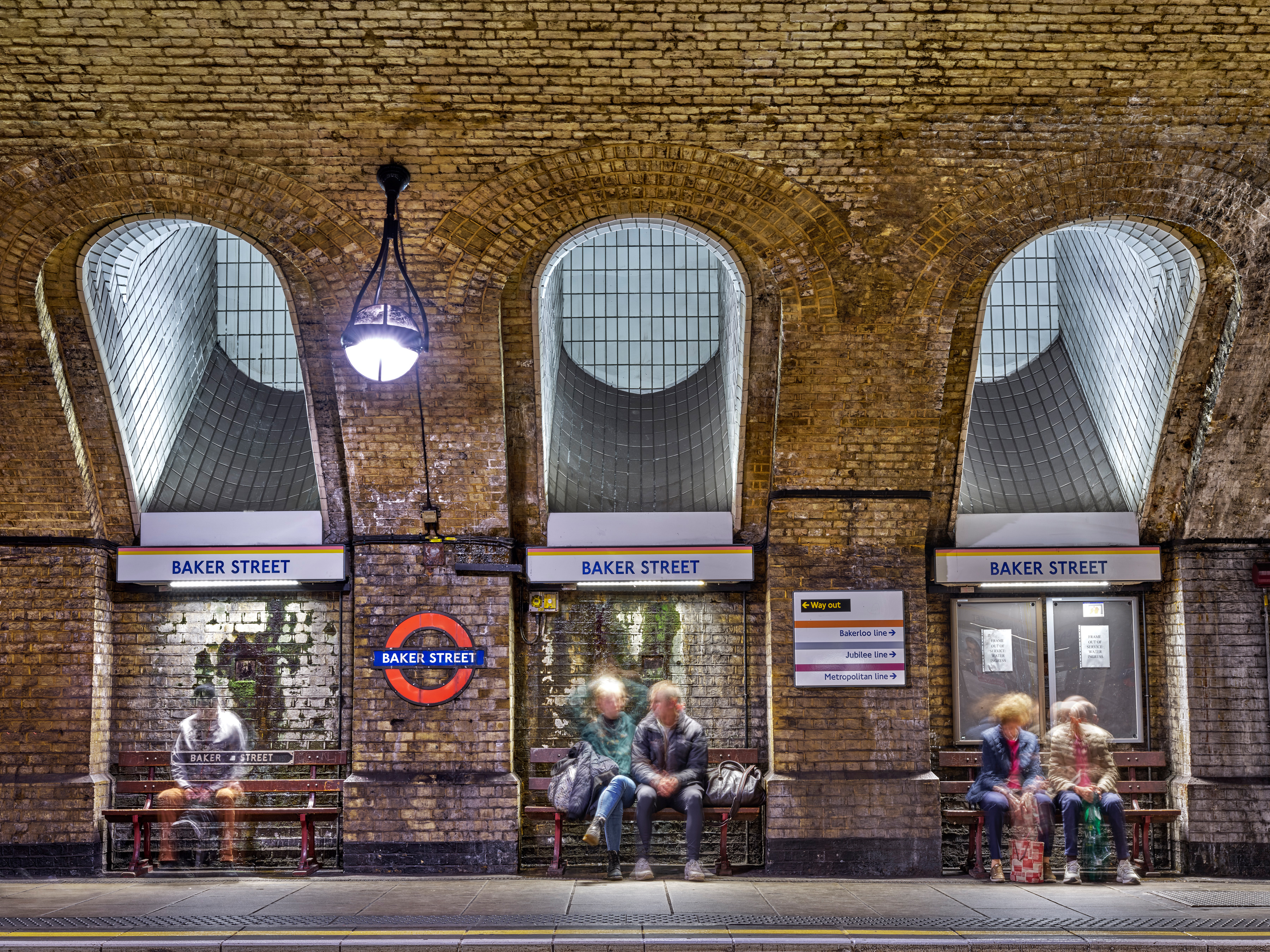
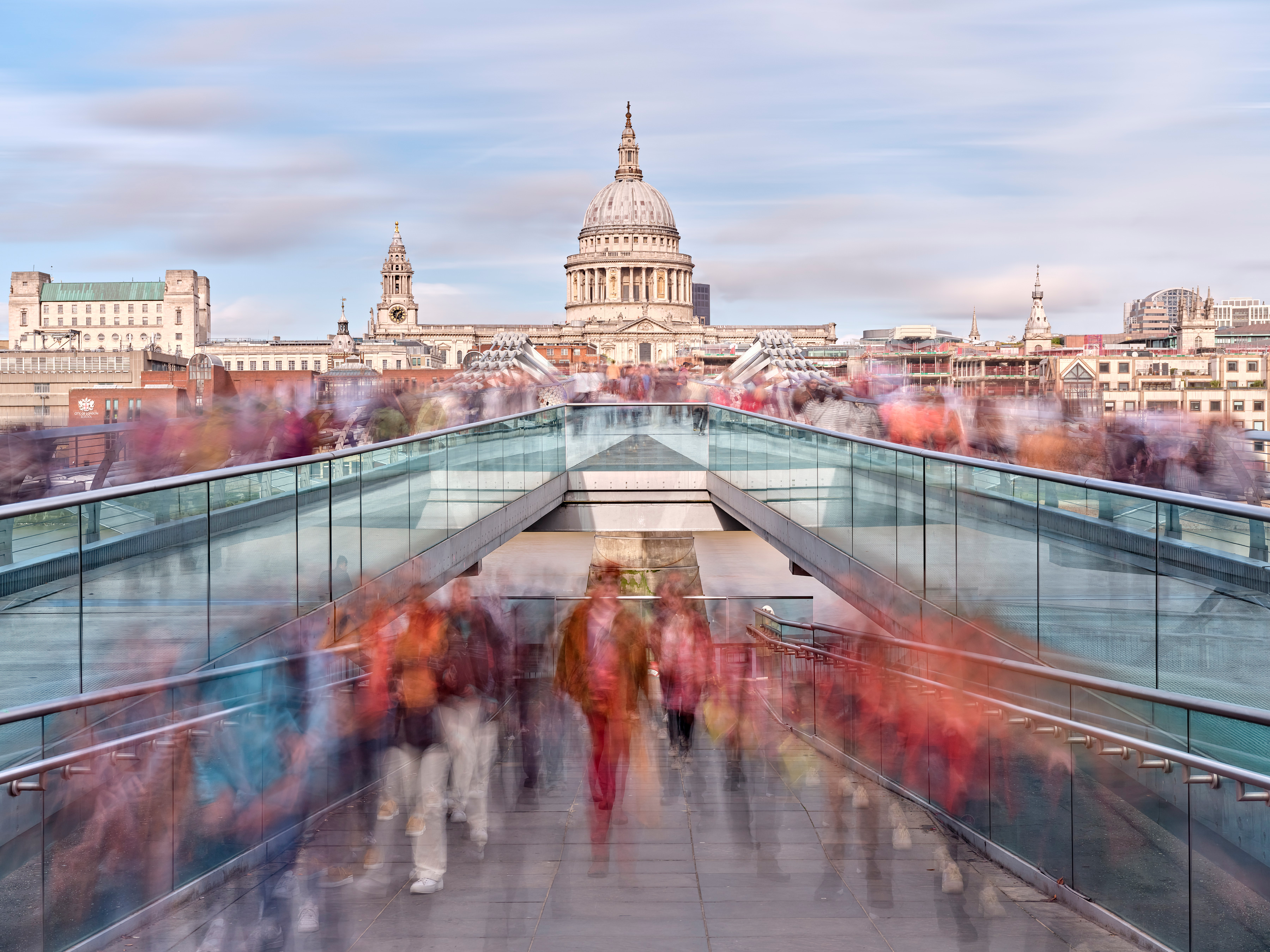
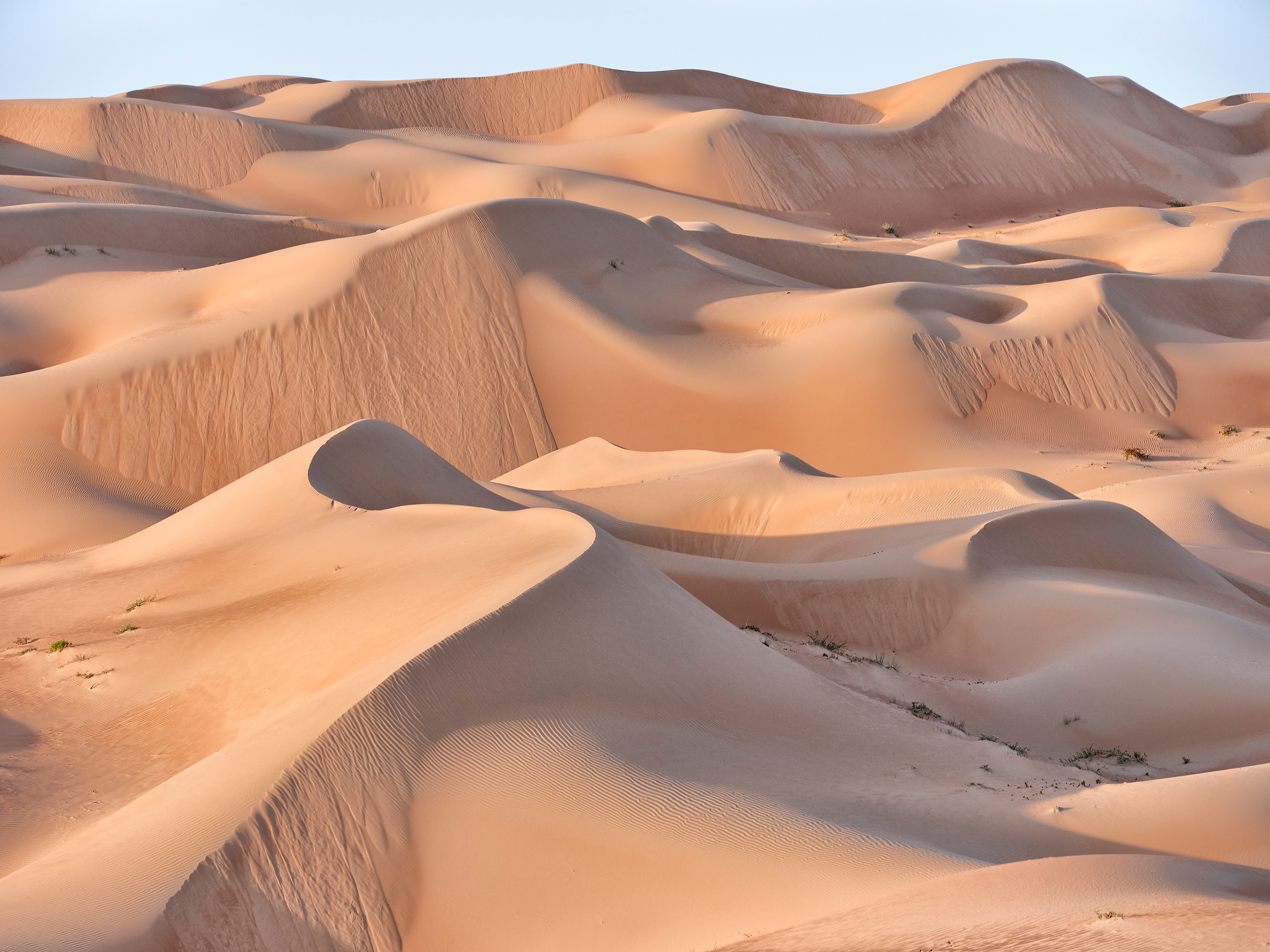
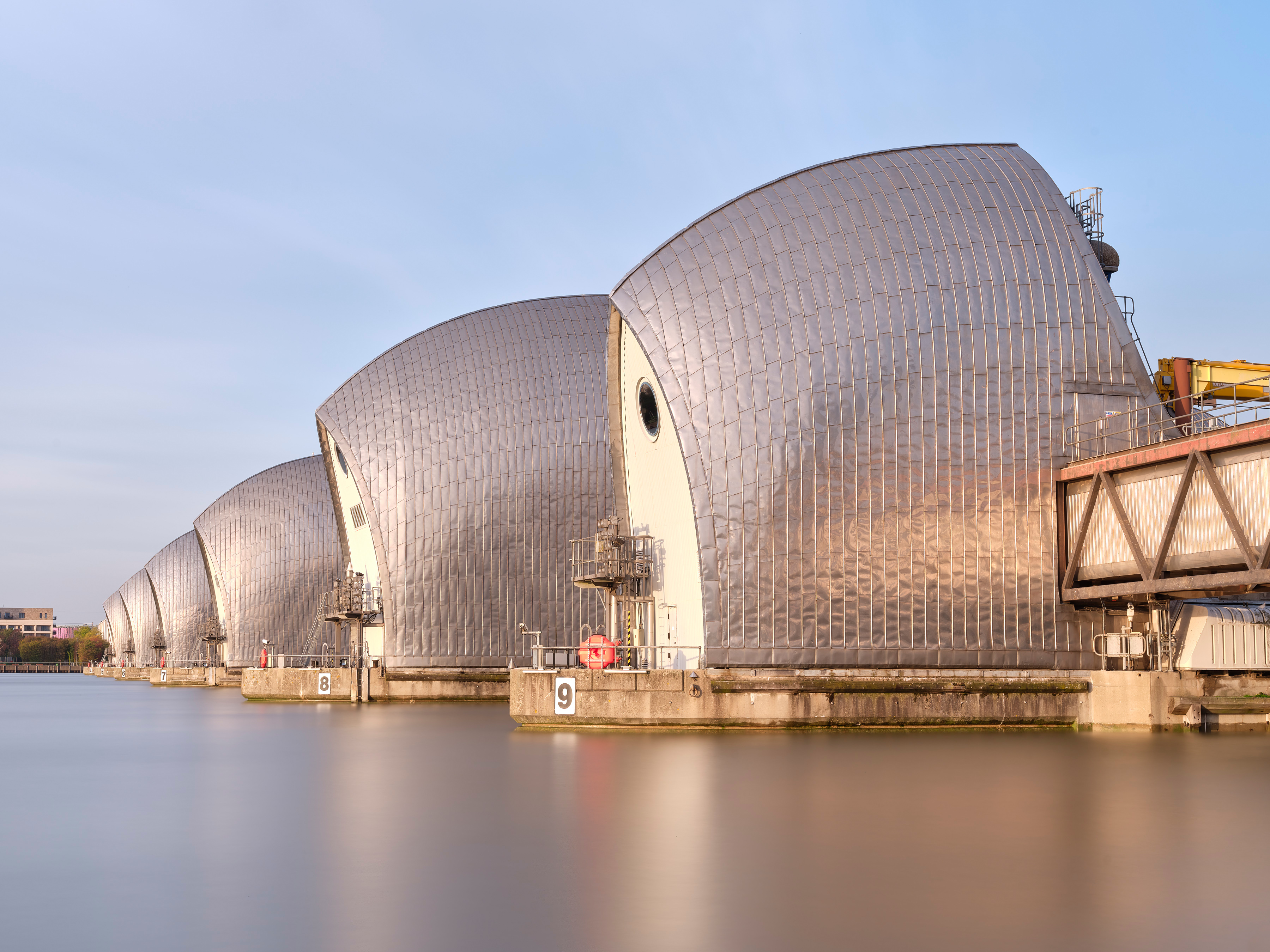
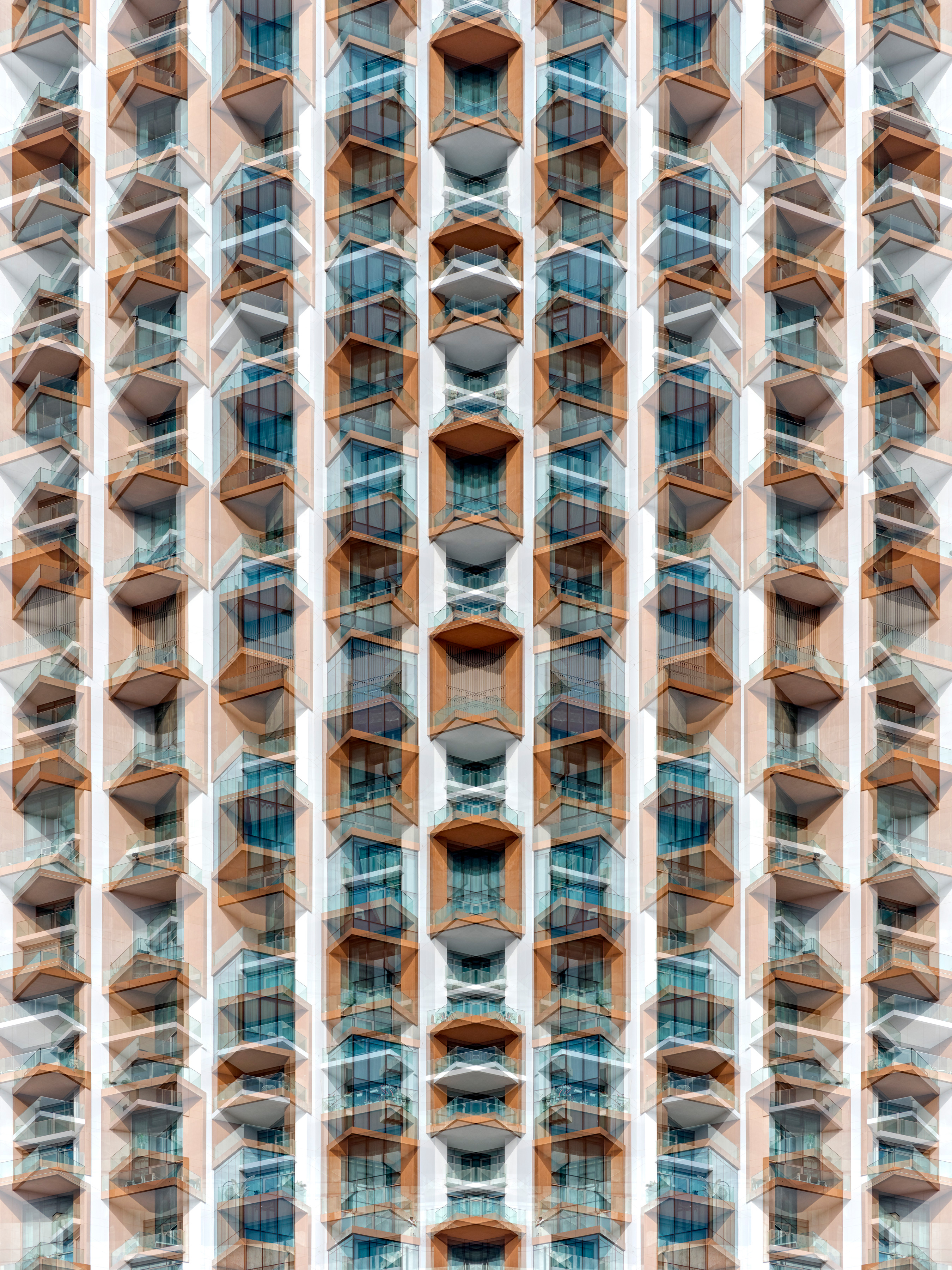
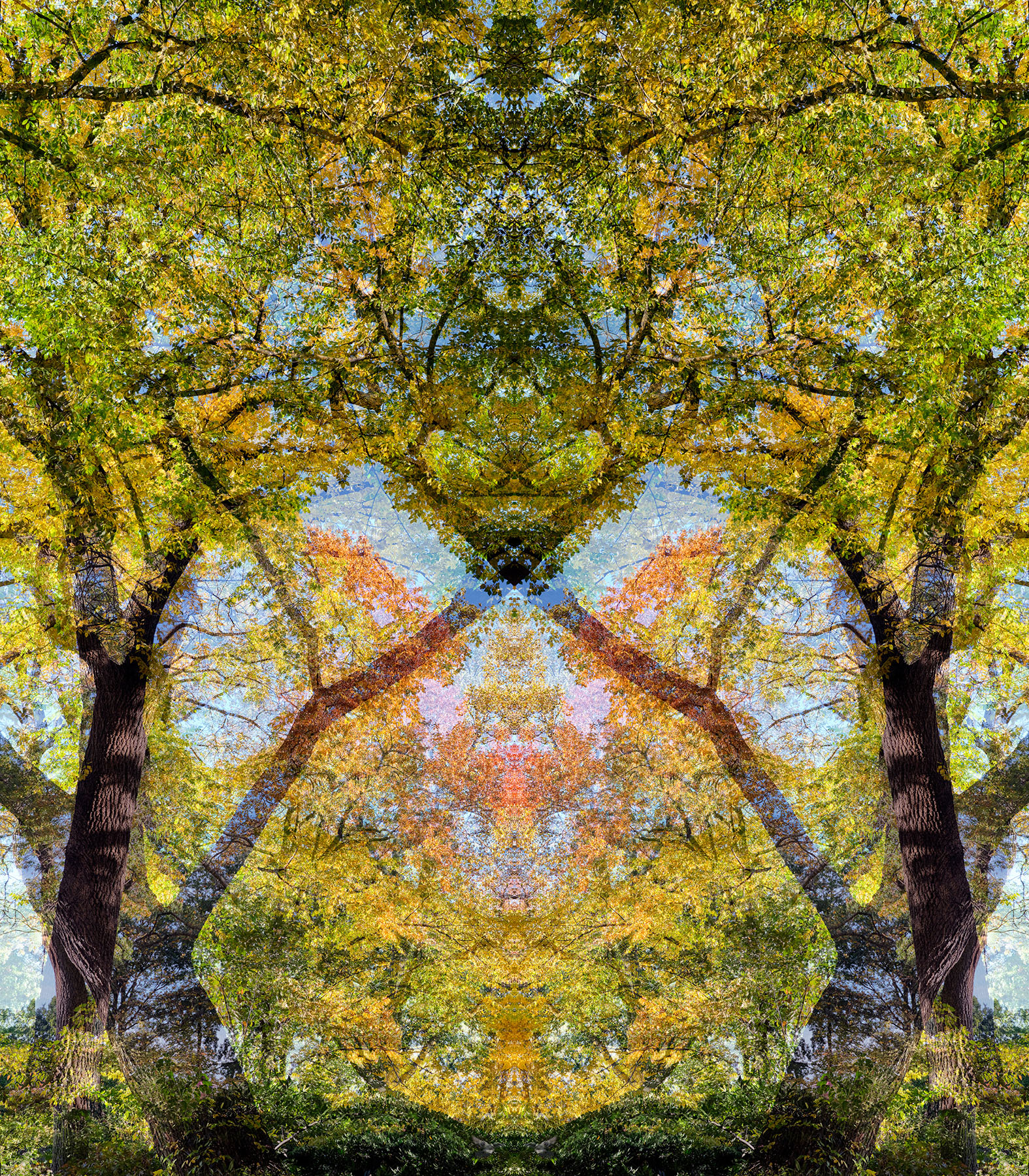
Andrew's main photo gear
Fujifilm GFX 100
It’s not small, and it’s definitely not light, but it produces the sharp and detailed high-definition images that Andrew needs for his large-scale work. It has 102 megapixels on a medium-format sensor, which allows extensive cropping or, more importantly, the ability to print exceptionally large images, without loss of fine textures. Large camera bodies such as this can always be a challenge to work with, but since Andrew's work often benefits from use of a tripod anyway, the balance of resolution and build quality is very useful.
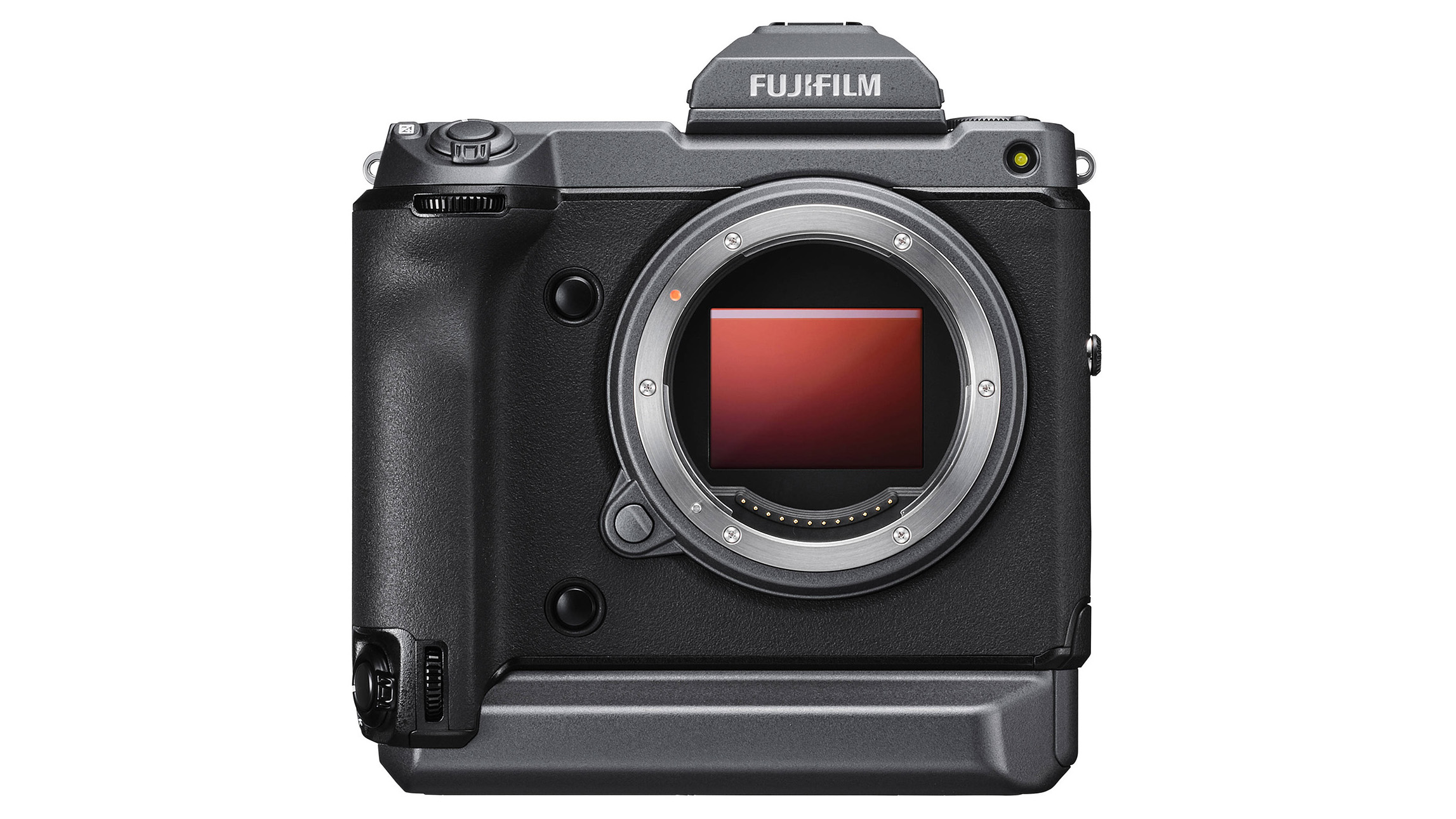
FUJIFILM GF 32-64mm f/4
Andrew tries to carry as little equipment as possible when he is traveling and even so, his gear and rolling bag are still quite heavy to carry all day, up and down stairs. Being a zoom, this lens is versatile, covering the majority of the main landscape and cityscape focal lengths, while offering a constant aperture of f/4. However, there have been many times when Andrew has felt he needed just a little more width.
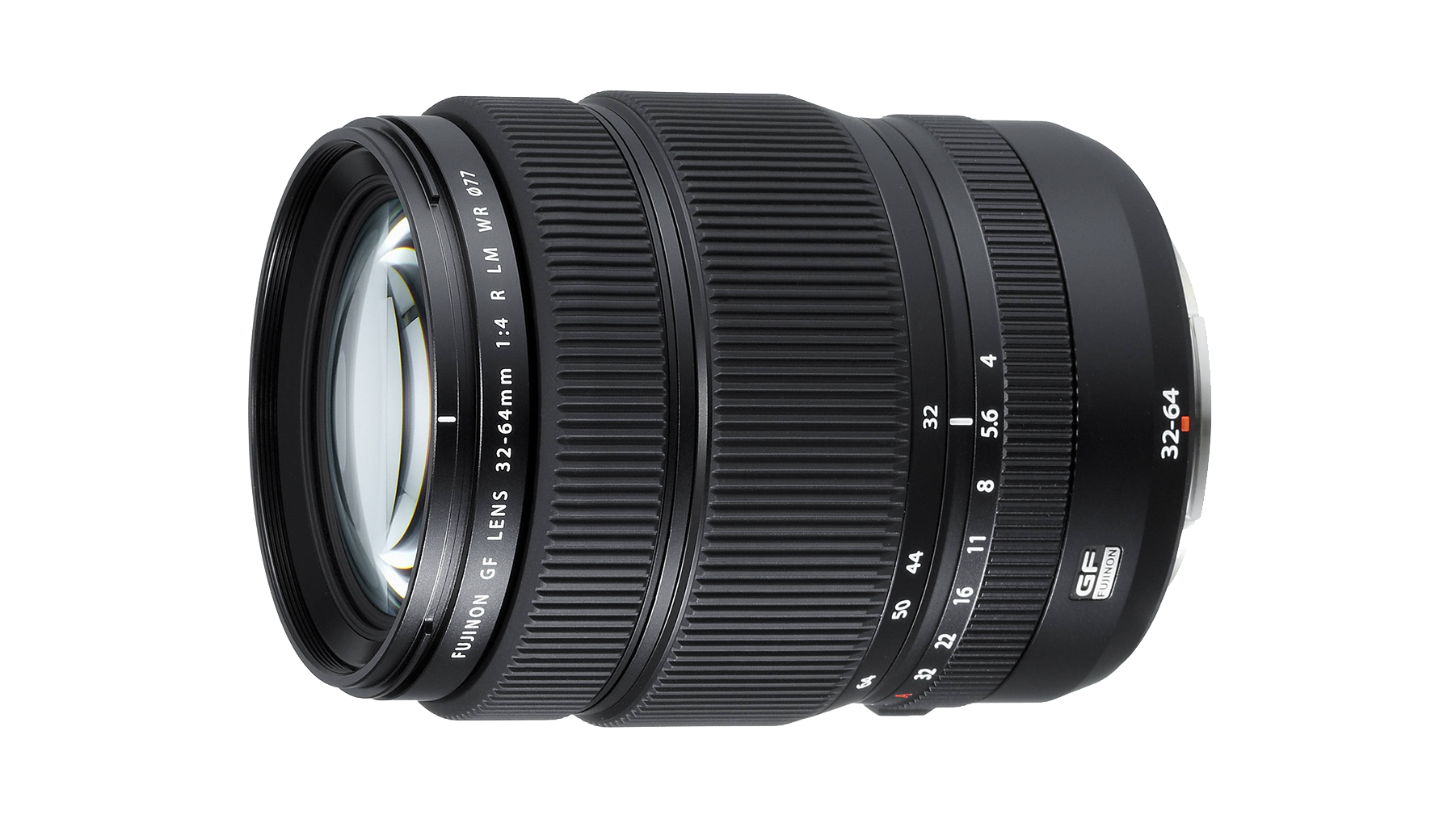
FUJIFILM GF 100-200mm f/5.6
For more distant subjects, or to compress perspective more strongly than the 32-64mm optic will permit, Andrew uses this telephoto zoom, which offers an equivalent focal range of 79-158mm in 35mm terms, taking into account the 0.79x magnification factor of the Fujifilm GFX 100. While the maximum aperture of f/5.6 isn't too bright, the larger-than-full-frame sensor of the GFX System creates a natively shallower depth of field.
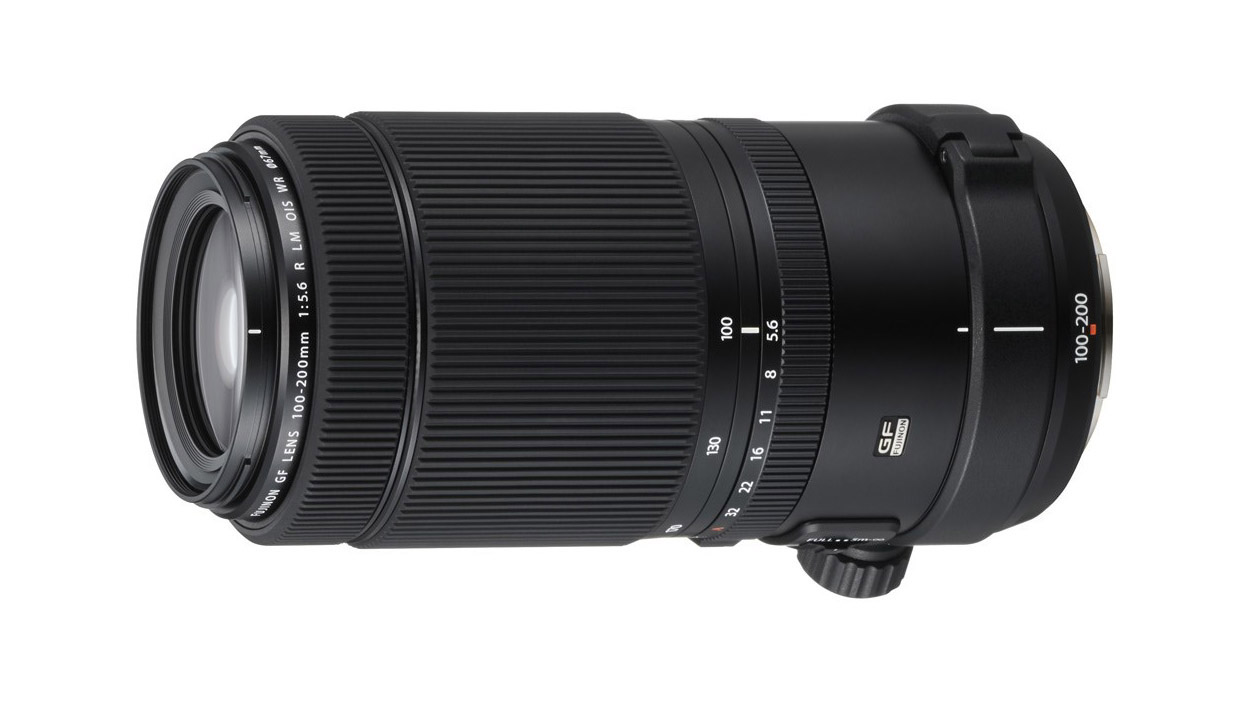
FUJIFILM GF 1.4X teleconverter
This optional accessory comes in handy when Andrew needs to capture close-ups with greater magnification, extending the reach of his existing lenses. This might be called into action when he needs to isolate a smaller detail in a scene or pick out just one part of a building.
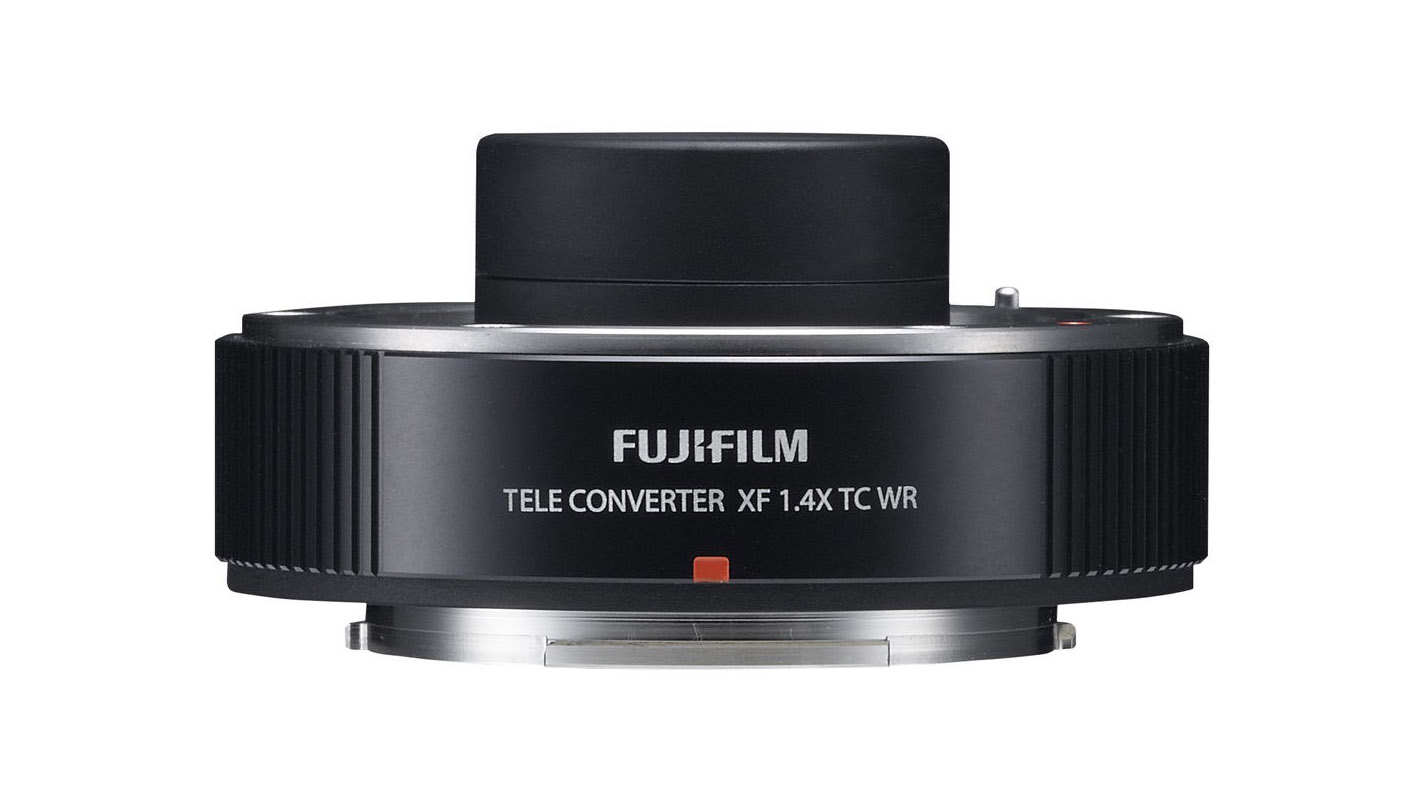
4x/8x Neutral Density filters
Andrew breaks out these accessories when taking long-exposure images during the day. He says he always tries to purchase ones with the least color cast possible, so as to minimise the amount of post-processing work that is required. These filters came in handy when Andrew was shooting his 'Flux' series, the images of which incorporated moving elements in a range of lighting conditions.

Digital Photographer is the ultimate monthly photography magazine for enthusiasts and pros in today’s digital marketplace.
Every issue readers are treated to interviews with leading expert photographers, cutting-edge imagery, practical shooting advice and the very latest high-end digital news and equipment reviews. The team includes seasoned journalists and passionate photographers such as the Editor Peter Fenech, who are well positioned to bring you authoritative reviews and tutorials on cameras, lenses, lighting, gimbals and more.
Whether you’re a part-time amateur or a full-time pro, Digital Photographer aims to challenge, motivate and inspire you to take your best shot and get the most out of your kit, whether you’re a hobbyist or a seasoned shooter.

